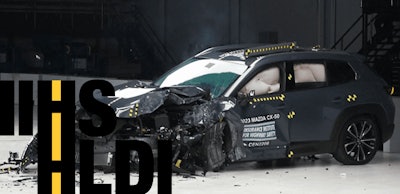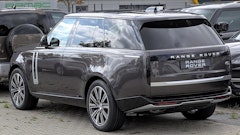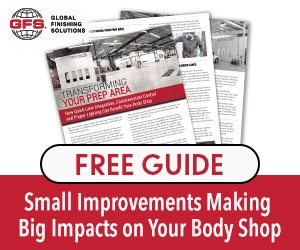
Toronto, Ontario — As it turns out, IIHS crash ratings aren’t simply for bragging rights among OEMs, as a recent report from the institute has found a direct correlation between higher crash test ratings and real-world crash survivability rates.
In a report published Thursday, entitled “IIHS small overlap frontal crash test ratings and real-world driver death risk”, researchers from the U.S.-based Insurance Institute for Highway Safety have found the test to be “the most promising avenue for additional frontal crashworthiness improvements.”
The report’s key finding, in fact, showed that drivers of vehicles that earn a “Good” rating in the small overlap test face a 12 percent lower risk of death in a frontal crash than those that received “Poor” ratings in the same test.
This higher rate of survivability among drivers of “Good” rated vehicles actually extends beyond just frontal crashes, with the report showing that such vehicles boast six percent less risk of death in all collision scenarios, as compared to “Poor” rated vehicles.
The institute considers these findings to be a marker of the ongoing efficacy of its testing regimen, which aims to progressively up the standard for automotive safety and encourage OEMs to address specific vehicle design concerns.
“The numbers confirm that strong performance in the Institute’s small overlap front crash test translates into big reductions in fatality risk,” said Eric Teoh, director of statistical services at IIHS and one of the study’s authors.
An excerpt from the report furthers the claim of continuous improvement, saying “When IIHS implemented the moderate overlap frontal crash test in 1995, fewer than 20 percent of the vehicles tested earned a good rating; by 2012, this value was virtually 100 percent. Such progress in safer vehicle designs has been a major factor in reducing crash death rates.”
Small overlap crashes, which are defined as crashes that involve the impacting obstacle overlapping 25 percent of the driver’s side (as opposed to moderate overlap, at 40 percent), account for 24 percent of the injurious or fatal crashes endured by drivers of “Good” rated vehicles; a figure which has been seen fairly consistently across several international markets, according to the report.
The report cited a 2014 study that delved into the specific challenge of the small overlap test, which found that because “there is no direct impact with the frame rail…the occupant compartment and other structures must manage the bulk of the energy of the crash.”
“The purpose of the study was to characterize how performance in the IIHS small overlap frontal crash test corresponds with drivers’ real-world death risk in frontal crashes,” according to the IIHS.























